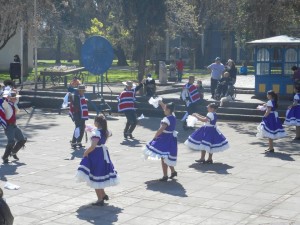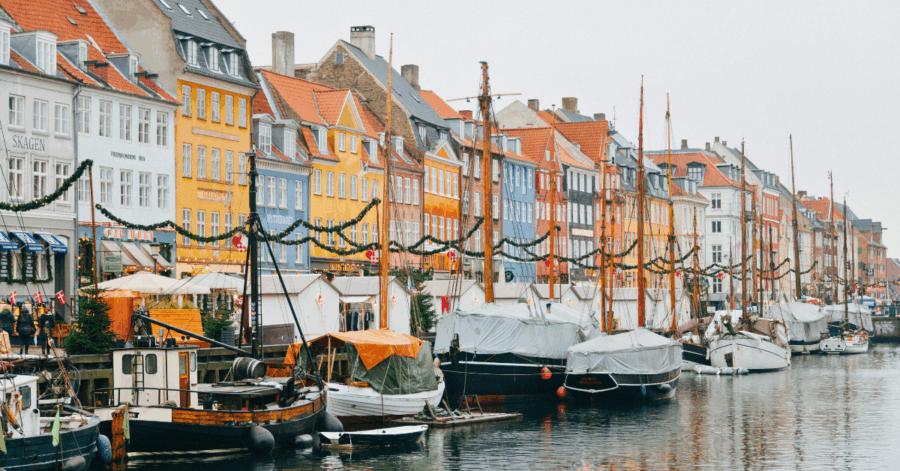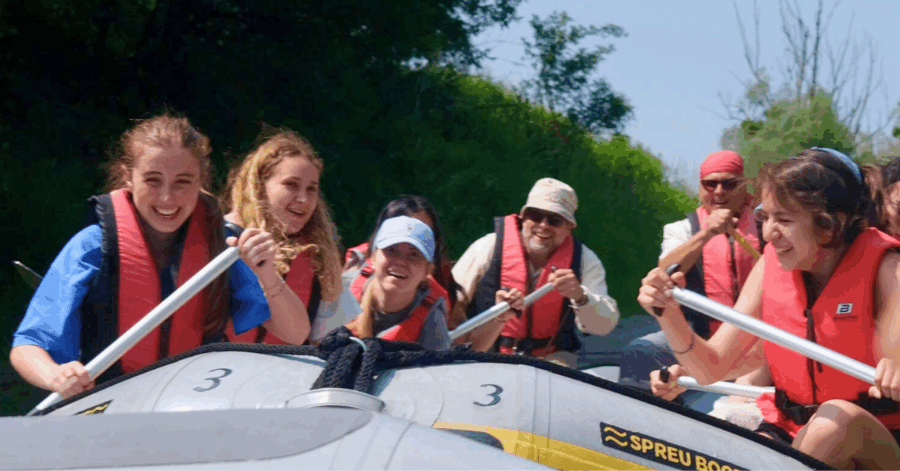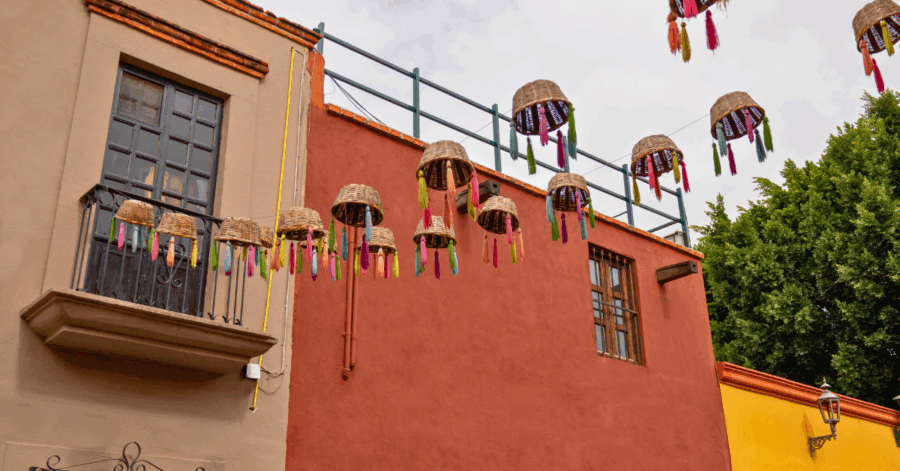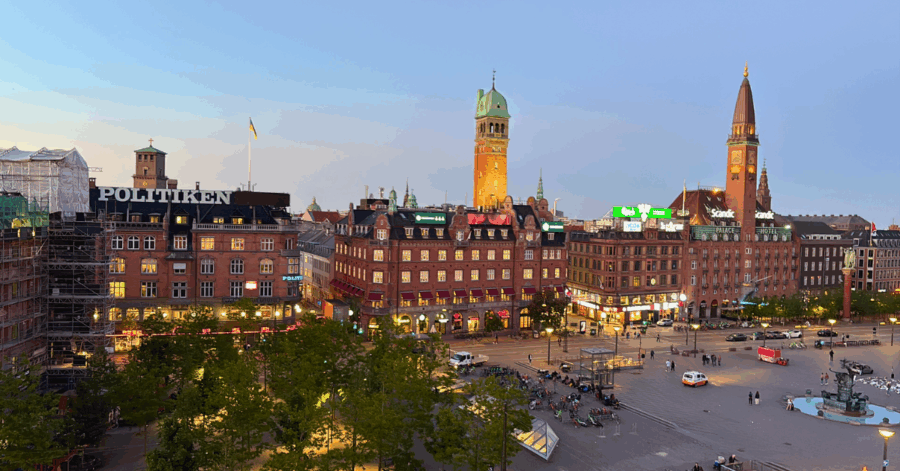Almost two months into my year as an exchange student at the Pontificia Universidad Catolica in Santiago, Chile, I had the chance to experience the Chilean National Holidays or the Fiestas Patrias. The 18th of September, or El Dieciocho, celebrates the formation of Chile’s first military government and the beginning of its independence process. The 19th is also a holiday: the Day of the Glory of the Armed Forces. For everyday Chileans, the arrival of September means a vast outpour of patriotism, dance, and the celebration of some of the most beloved parts of the national culture.
I spent the holidays with four of my housemates in Valparaíso, a historical port town in Chile. The city consists of many cerros, or hills arranged the main port area. Each cerro has its own name, history, and even personality. The pace of life is slower than in the capital, where the santiaguinos endure the packed metros and buses during rush hour. The people of Valparaíso, or porteños, on the other hand, are known for their warmth, friendliness, and relaxed conception of time. Tourists and porteños alike walk along the winding streets in the hills, climbing endless stairs in the company of the friendly street dogs, and admire the city’s artistic murals and colorful houses.
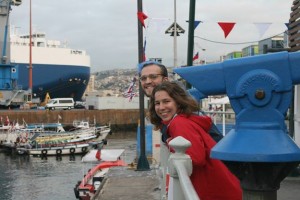
When I arrived in Valparaíso after a short bus ride, the city was already covered in Chilean flags. The street sellers had anticipated the holiday and sold an amusing assortment of patriotic items. I stayed at a friendly hostel, where the owner surprised us with a traditional asado, a barbecue shared among families and friends for all important occasions. Chileans rightly pride themselves in being able to prepare a good asado. When dinner was but a delicious memory, my friends and I joined other guests from the hostel to visit the fonda, a weeklong fair for the holidays. Families spend the day together listening to traditional music, dancing, playing games, and eating grilled meat covered in mayonnaise. We walked around the fair, absorbing the atmosphere while sipping on the sickeningly sweet terremotos.
The next evening, I joined the hostel owners at a smaller and more traditional fonda among family friends. We walked through narrow paths and climbed endless stairs until we arrived at the small locale hidden in the hills. The smell of grilled meat and empanadas (a traditional meat beignet) wafted from the outdoor patio. Some people sat at the long tables on the side of the room and were chatting over a pitcher of red wine sweetened with strawberries, but the focus of the room was on the cueca dancers in the middle. The pairs of men and women danced together in a line, the women flirtatiously twirling their traditional white handkerchiefs as they spun around in their colorful dresses, and the men working to impress with their quick footwork and stomping boots.
I observed the dancers attentively, and my host explained the steps before handing me her handkerchief. She smiled and motioned towards the dance floor. I took the handkerchief, placed myself in the line, and clapped my hands to the beat waiting for the beginning of the dance. Thinking back to this moment, I thank the turn of events that led me to this little locale to dance cueca and meet some of the most important people of my time in Chile.


